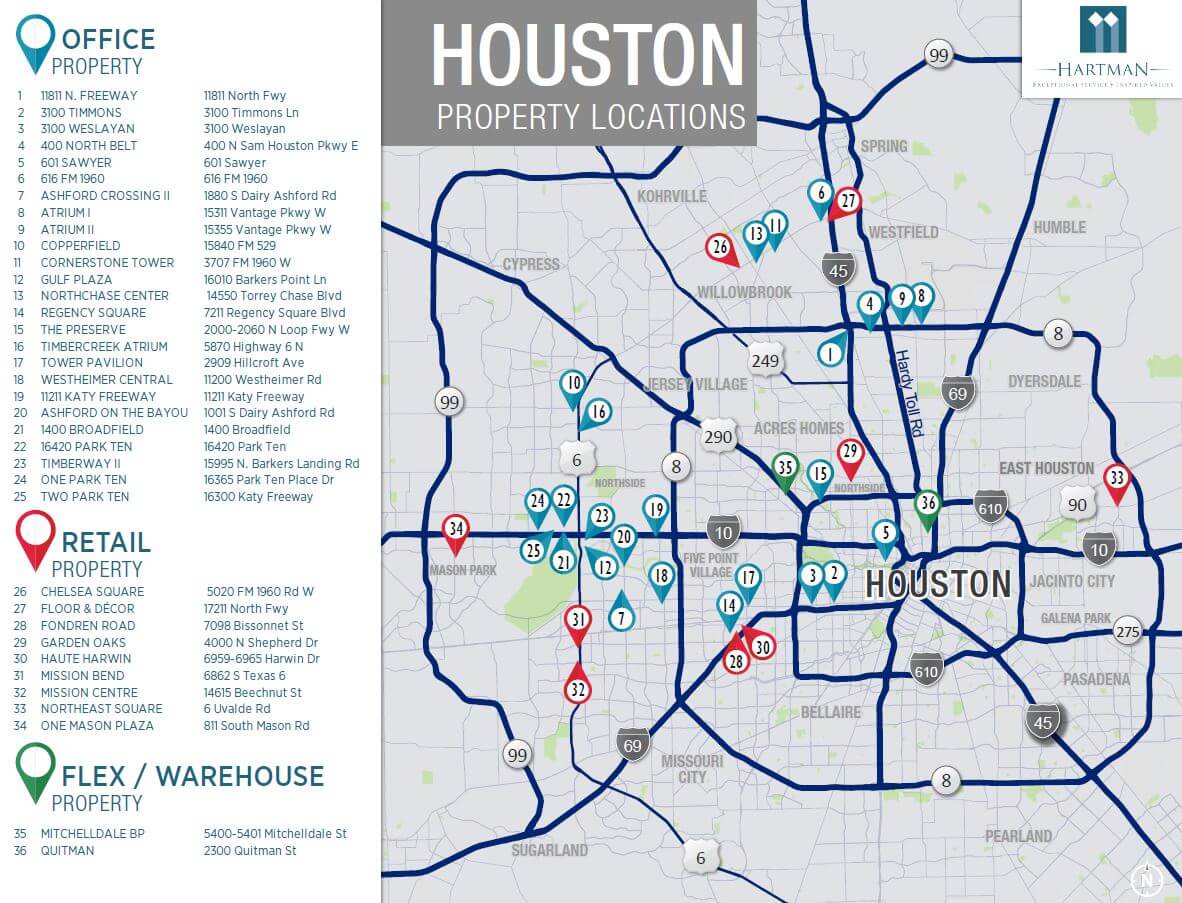
5 Easy Steps to Move Offices
Moving to a new office requires thought and planning. There are many reasons why you might consider moving your business to another area or even another building across town. Moving can be stressful, so we’ve got you covered with these 5 easy steps on how to move offices.
1. Select and Plan
First, you must select a proper location for your new office. When choosing a location, you should consider the nature of your business, where the majority or your business is conducted, and how far your employees will have to commute. For example, if you have a lot of clients that fly for business as a law office would, choosing a location near an airport would be beneficial.
Silver Star Properties owns several properties throughout Houston, Dallas and San Antonio in desirable submarkets. Once you find your ideal location, start planning the move. Since there are numerous things you would want to take, make a to-do list and keep track of the important documents and materials you will take from the old office, and consider if now is a good time to update aging equipment and furniture.
2. Create a Budget
You should make a budget to determine how much you are willing to spend on materials for your new office. This includes furniture, stationery, and décor. If you are planning on making any renovations to your new office, this should also be included in your budget. There are many other additional costs that can come up, so keep that in mind and plan your budget accordingly to avoid any losses or mishaps in payments. Because Silver Star Properties is vertically-integrated, we offer professional build-out services provided by our in-house construction team. We are happy to help design and implement the perfect space for our new tenants at a cost-saving and affordable price.
3. Inform Your Employees
It is important to inform your employees at least two to three months prior to the move. This is especially true if you’re moving to a different part of town. Ask your employees what they think about the move, and if it’s feasible for them to come to the office every day. You should also conduct weekly meetings with them, and in those meetings, ask them to help you out with the logistics and details of the move. For example, they can help organize files and pack up their belongings, so they are ready to move. They will also be knowledgeable about furniture and equipment that is reaching the end of its useful life and does not need to be transported to the new location.
4. Unpacking
Once everything has been moved to the new office, start unpacking and setting up all the necessities, such as computers and furniture. Frequently, new tenants hire an IT company to network all of the computers and other critical infrastructure over a weekend, limiting downtime during the move. Ask one of your trusted employees to set up all important documents and files in a thoughtful place in the new space. Labeling the boxes makes it easier to unpack the necessities first and will alleviate confusion.
5. Celebrate and Get Back to Work
Once you’ve finished moving and can finally settle down, host an “office warming” party to welcome all the employees to the new office. You can also invite your clients so they can come and see your new location. This party can also be a way to say thank you to all your employees that helped you in shifting offices. There’s nothing wrong in celebrating a successful move!
Conclusion
Moving can be stressful, but following these steps can make your move much smoother and save you from running into any unexpected red flags. Careful planning upfront can alleviate a lot of headaches in the end, saving both time and money. Moving to a new location involves a lot of time and planning. However, the end results can yield a more streamlined and efficient operation. Silver Star Properties is pleased to offer solutions for all sizes and types of businesses. Please contact us at 713-467-2222 or leasing@hi-reit.com for more details on how we can make your transition as painless as possible.
